Statement on IESO Contracting New Polluting Gas Power
Enviromental Defense
MAY 16, 2023
Incoming federal clean electricity regulations may cause new plants to shut down, leaving ratepayers on the hook to pay for stranded assets in the long term. Businesses could lose out on savings through federal clean energy tax credits if Ontario does not move towards net zero in the electricity sector by 2035.


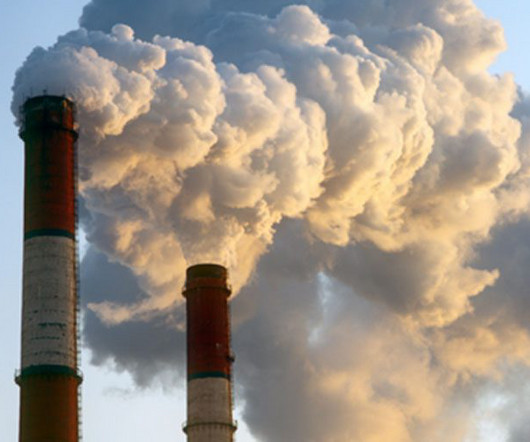
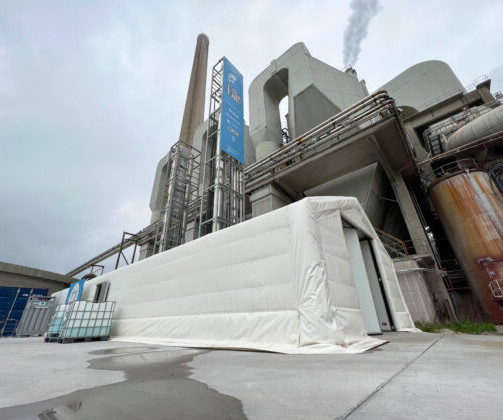
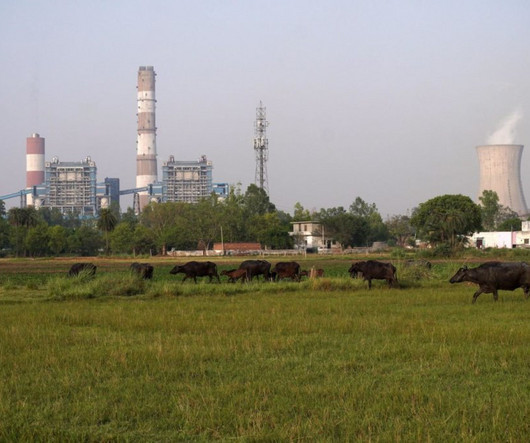
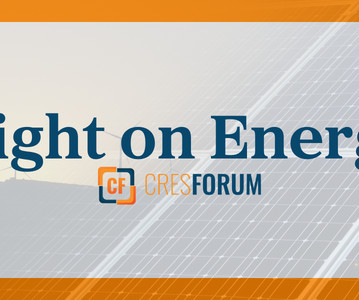
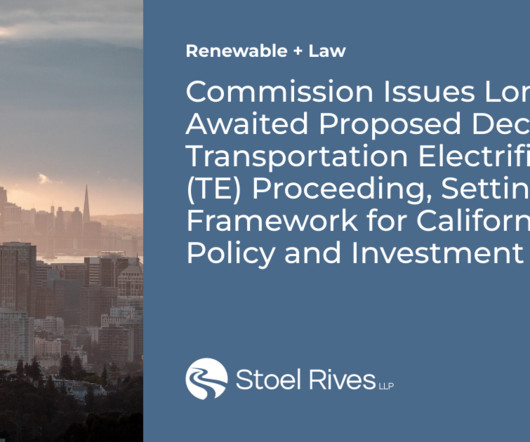
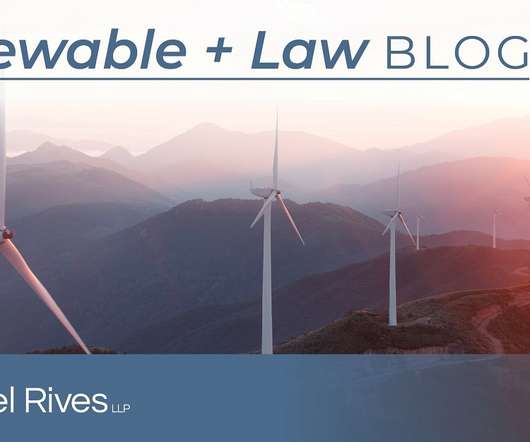






Let's personalize your content